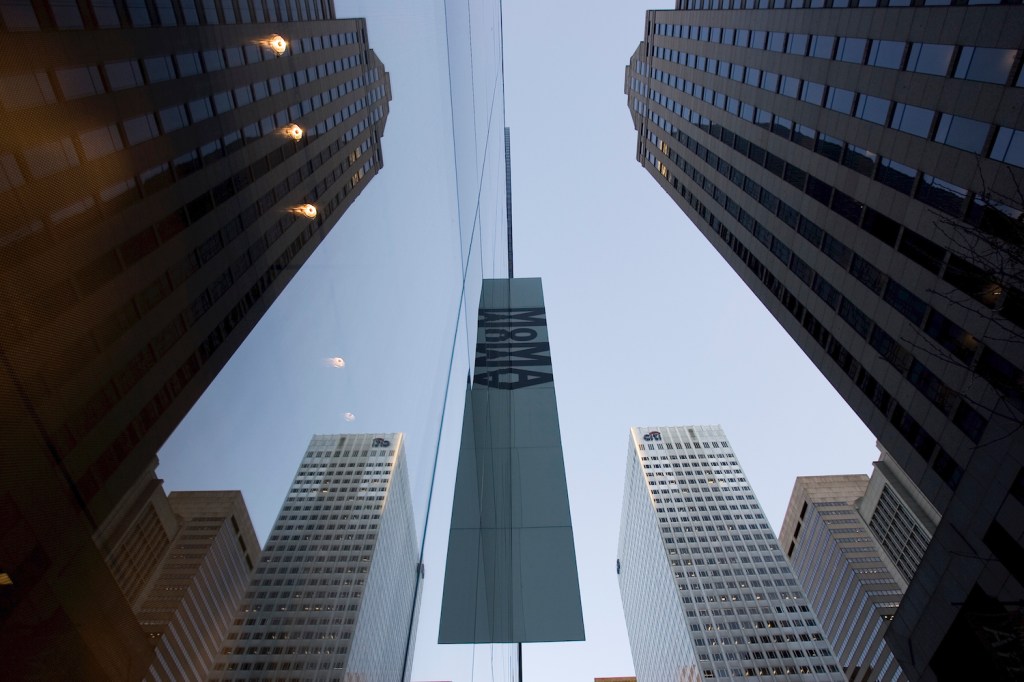Last Hours of Plato’s Life Revealed, Controversy at Nino Mier, Iranian Artist Arrested, and More: Morning Links for April 30, 2024
To receive Morning Links in your inbox every weekday, sign up for our Breakfast with ARTnews newsletter.
THE HEADLINES
PLATO’S LAST NIGHT. Researchers using new imaging techniques have made groundbreaking discoveries about the life and final hours of the Greek philosopher Plato, narrated in a papyrus scroll that was buried under the volcanic ash of the CE 79 Mount Vesuvius eruption. The scroll found in Herculaneum, a town near Pompeii, recounts how Plato spent his last evening: listening to music played on a flute by a young, female Thracian slave while feverish. He died soon after in Athens around 348 BCE but even on his deathbed, he had enough energy to critique the slave’s playing and lack of rhythm, as told in the scroll. “Until now it was believed that Plato was sold into slavery in 387BC during his sojourn in Sicily at the court of Dionysius I of Syracuse,” Prof Graziano Ranocchia, of the University of Pisa told The Guardian. More discoveries using the new technology are expected to come.
NINO MIER SCANDAL. Ex-staffers say dealer Nino Mier underpaid artists by as much as 54 percent on sales from 2018 to 2019. According to documents seen by The Art Newspaper, and interviews with former staff, the founder of the fast-growing Nino Mier Gallery with spaces in Los Angeles, Brussels, and New York, “regularly altered records to increase the company’s share of sales at the expense of artists,” by charging collectors higher prices, while telling artists the prices had been lower and keeping the difference. Artist Louise Bonnet, formerly on Mier’s roster, and now represented by Galerie Max Hetzler and Gagosian, said: “It feels especially repulsive to be lied to, manipulated and robbed by someone whose business model relied entirely on making you believe that they cared about you as if you were ‘like family’ and because of this, one could trust them completely to make decisions as to what was best for one’s career…”
THE DIGEST
The Iranian artist Atena Farghadani was arrested by the Islamic Revolutionary Guard Corps earlier this month, while hanging one of her caricatures of political figures near the presidential palace in Tehran. According to Farghadani’s lawyer, she was visibly injured in an assault by the officers arresting her. In protest, she refused to post bail and was eventually sent to Evin prison. [Art Asia Pacific]
Odesa’s so-called ‘Harry Potter castle,’ was bombed by Russian missiles, killing at least five and injuring 32, local officials said. The ornate, iconic building along the Black Sea is the residence of former MP Serhiy Kivalov, who was reportedly injured in the strike. [The Times]
Chinese artist Wang Tuo has won the K21 Global Art Award from the North Rhine-Westphalia Art Collection in Germany. [WDR]
The US human rights group Justice for All has filed a claim to the International Criminal Court (ICC) stating the destruction of Saint Porphyrius Church in Gaza is a war crime. The Greek Orthodox church was hit by Israeli missiles on October 19, killing at least 18 Palestinians. [Artnet News]
The ruins of a nearly 300-year-old town have emerged in a dried-up dam in the Philippines, as it suffers through an extreme drought and high temperatures. Pantabangan was submerged in the 1970s by a reservoir, but parts of it are known to occasionally surface during heat waves, though never to the extent it has been exposed since March. [BBC]
Two people were detained by police Sunday after trying to enter the Musée d’Orsay in Paris with containers of white liquid glue and T-shirts marked with the name of the environmentalist group “Riposte alimentaire,” [Food counterattack]. They are under investigation for “attempt to destruct a culture good.” [Le Figaro]
THE KICKER
CHAMPIONING BLACK ARTISTS. Guggenheim Foundation and Museum deputy director and chief curator Naomi Beckwith, who recently made headlines as the recipient of the Driskell Prize, sat down with Cultured Magazine to talk about supporting Black artists, serving on juries, and being “a museum baby for the majority of [her] career.” She is joined by Rand Suffolk, the museum director for the High Museum of Art, which awarded this year’s Driskell Prize in African American Art and Art History, to dig into the artistic opportunities the prize affords, and the legacy of artist and scholar David C. Driskell. “One of my favorite things to do as a curator is give away money,” Beckwith notes. “I have to support artists in multiple ways.” As a curator, she feels charged with task of championing Black artists, “whatever that means in the most expansive and global way possible,” later adding: “My job is to change the minds and hearts of people around me so that everyone takes this up as a mission and is responsible for this work.”



